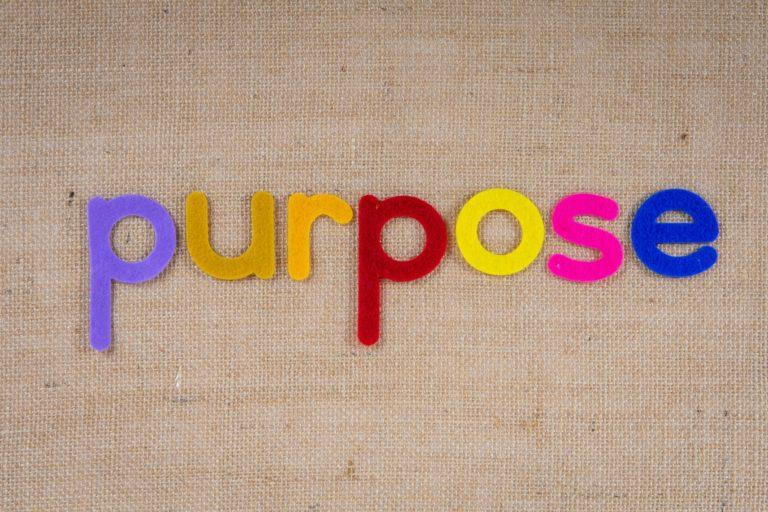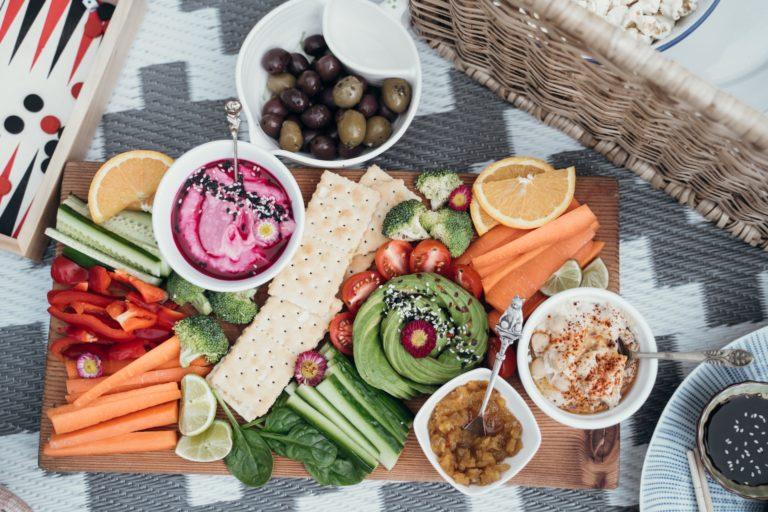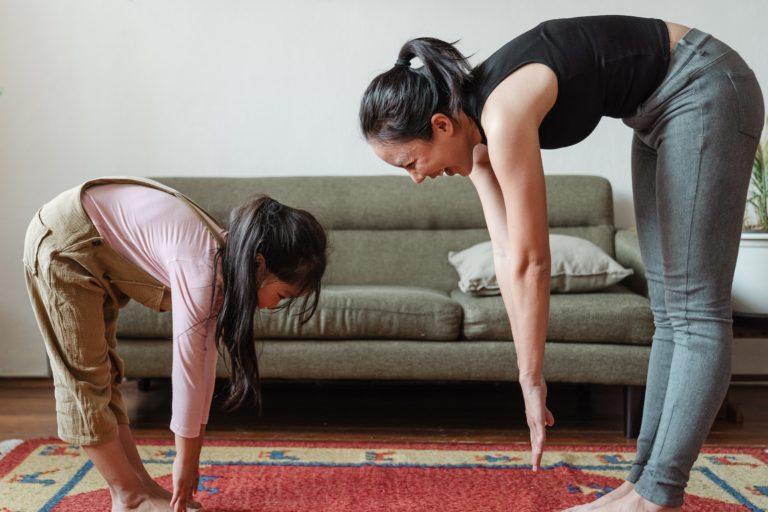Welcome to Practice Eudaimonic Well-Being, your philosophy and comprehensive resource for cultivating happiness, purpose, and fulfilment in your life. In this blog post, we will delve into the depths of Eudaimonic well-being, exploring its meaning, benefits, and practical strategies to lead a more meaningful existence. Whether you are seeking personal growth, enhanced well-being, or simply a deeper sense of purpose, this guide will provide you with valuable insights and actionable steps to embark on a transformative journey towards lasting happiness.

Understanding Eudaimonic Well-Being
Defining Eudaimonic Well-Being:
Eudaimonic well-being is a type of well-being that focuses on living a meaningful and fulfilling life. This is in contrast with hedonic well-being, which focuses on pleasure and satisfaction. Eudaimonic well-being is more important for long-term happiness and health.
Key components of Eudaimonic well-being include:
Purpose:
Having a sense of purpose in life gives people a reason to get out of bed in the morning. You can find it in Work, when you Socialise, hobbies, or anything else that gives people a sense of meaning.
Autonomy:
Being able to make your own choices and control your own life is essential to Practice Eudaimonic Well-being. When people feel like they are in control of their own destiny, they are more likely to feel happy and fulfilled.
Relatedness:
Taking time to Socialise to build strong relationships with others is another important component to Practice Eudaimonic Well-being. People who feel connected to others are more likely to feel happy and supported.
Personal growth:
Continuously being available to Learn and grow as a person is essential to Practice Eudaimonic Well-being. When people feel like they are constantly learning and improving, they are more likely to feel happy and satisfied with their lives.
Contrasting Eudaimonic and Hedonic Well-Being:
Eudaimonic well-being and hedonic well-being are two different approaches to experiencing happiness. Eudaimonic happiness comes from living a meaningful and fulfilling life, while hedonic happiness comes from experiencing pleasure and satisfaction.
For long-term well-being Eudaimonic happiness is more important, as it can lead to greater resilience, elevation, and a sense of purpose. Hedonic happiness, on the other hand, can be more fleeting and may not lead to the same long-term benefits.

Benefits of Eudaimonic Well-Being
Flourishing in Multiple Domains:
Eudaimonic well-being has a positive impact on a wide range of outcomes, including:
Health:
People who have high levels of Eudaimonic well-being tend to have better physical and mental health. They are less likely to experience depression, anxiety, and other mental health problems. They are also less likely to suffer from chronic diseases, such as heart disease, stroke, and cancer.
Longevity:
Studies have shown that people who have high levels of Eudaimonic well-being tend to live longer than those who do not.
Productivity:
People with Eudaimonic well-being tend to be more productive at Work. They are more engaged in their work and are more likely to be creative and innovative.
Relationships:
People with Eudaimonic well-being tend to have stronger relationships with their friends, family, and partners. They are more likely to be supportive and helpful, and they are more likely to feel loved and supported in return.
Overall, the research suggests that Eudaimonic well-being is a key ingredient for a happy and fulfilling life.
Increased Resilience and Mental Health:
Eudaimonic well-being and psychological well-being are two important concepts in positive psychology. Eudaimonic well-being refers to the quality of life, while psychological well-being refers to the state of mind. Both concepts are important for overall well-being.
Resilience is the ability to bounce back from adversity. It is a key component of both Eudaimonic well-being and psychological well-being. People who are resilient are more likely to cope effectively with stress and challenges, and they are less likely to experience negative emotions, such as anxiety and depression.
Mental health is another important factor that contributes to Eudaimonic well-being and psychological well-being. Mental health refers to your overall emotional and psychological well-being. It includes your ability to think clearly, to feel emotions, to relate to others, and to cope with stress.
There is a strong relationship between Eudaimonic well-being and psychological well-being. People who have high levels of Eudaimonic well-being also tend to have high levels of psychological well-being. This relationship is since both concepts link to positive outcomes, such as better physical and mental health, stronger relationships, and greater success in life.
Long-Term Fulfilment:
Eudaimonic well-being is a more sustainable form of happiness because it is based on a sense of purpose, meaning, and belonging. External factors, such as changes in one’s circumstances or relationships, do not easily disrupt it.
Hedonic well-being, on the other hand, is based on the pursuit of pleasure and the avoidance of pain. It is more fleeting and external factors easily disrupt it.
Here are reasons why Eudaimonic well-being is more sustainable:
It is based on a sense of purpose.
People who have a strong sense of purpose in life are more likely to be happy and resilient, as well as more likely to live longer and healthier lives.
It is based on meaning.
People who find meaning in their lives are more likely to be happy and fulfilled. They are also more likely to be kind and compassionate.
It is based on belonging.
People who feel a sense of belonging are more likely to be happy and healthy. They are also more likely to be successful in their relationships and careers.
Eudaimonic well-being is a more sustainable form of happiness than hedonic well-being. If you are interested in living a happier and more fulfilling life, it is important to focus on Eudaimonic well-being. Do use hedonic well-being activities, however, for little pick-me-ups.

Practical Strategies for Cultivating Eudaimonic Well-Being
Discovering Your Values and Purpose:
Here are exercises that can help you identify your personal values and uncover your unique purpose:
1. Make a list of your values.
What are the things that are most important to you in life? What do you value? Once you have a list of your values, you can start to narrow them down to the most important ones. Use the PEW values as a starting point.
2. Consider your past experiences.
What have you done in the past that has made you feel happy, fulfilled, and satisfied? What activities have attracted you? What have you been good at? These experiences can give you clues about your values and purpose.
3. Think about your goals.
What do you want to achieve in life? What are your long-term and short-term goals? Your goals can also help you identify your values and purpose.
4. Talk to others.
Talk to people who know you well and ask them what they think your values are. They may be able to see things that you cannot see yourself.
5. Reflect on your experiences.
Take time to reflect on your experiences and what they have taught you. What have you learned about yourself? What are you good at? What do you enjoy doing? This reflection can help you identify your values and purpose.
6. Use a values assessment tool.
There are values assessment tools available online and in libraries. These tools can help you identify your values and prioritise them.
7. Be open to change.
Your values may change over time. As you grow and Learn, your values may evolve. Be open to this change and be willing to adapt your values as needed.
8. Do not be afraid to experiment.
Once you have a good understanding of your values, you can start to experiment with different activities and goals. This will help you find activities and goals that align with your values.
9. Be patient.
It takes time to identify your values and uncover your unique purpose. Do not let it discourage you if you do not find it right away. Keep exploring and keep learning.
Cultivating Meaningful Relationships:
Social connections are essential for our health and well-being. They can help us to:
Reduce stress and anxiety.
When we have strong social connections, we feel supported and less alone. This can help us to cope with stress and anxiety more effectively.
Improve our mood.
Spending time with loved ones can boost our mood and make us feel happier.
Increase our lifespan.
People with strong social connections are more likely to live longer.
Improve our physical health.
Social connections can help us to manage chronic health conditions, such as heart disease and diabetes.
Protect us from dementia.
Social engagement can help to keep our brains healthy and reduce the risk of dementia.
Here are tips for nurturing authentic relationships:
Be present.
When you are with someone, put away your phone and other distractions and focus on the person you are with.
Listen actively.
Really listen to what the other person is saying. Do not just wait for your turn to talk.
Be supportive.
Be there for the people you care about when they need you. Offer them your support and encouragement.
Be honest.
Be honest with the people you care about, even when it is difficult. Honesty is essential for building trust.
Be forgiving.
Everyone makes mistakes. If someone hurts you, be willing to forgive them. Forgiveness will help you to move on and maintain your relationships.
Engaging in Activities that Promote Growth:
Here are activities and practices that can foster personal development and fulfilment:
Set goals.
Having goals gives you something to work towards and can help you stay motivated. When setting goals, be sure to make them specific, measurable, attainable, relevant, and time bound.
Learn new things.
Learning new things can help you expand your horizons and become a more well-rounded individual. You could take classes, read books, or watch documentaries.
Volunteer your time.
Volunteering your time can help you give back to your community and positively impact the lives of others. It can also be a great way to meet new people and make friends.
Get involved in hobbies.
Having hobbies can help you relax and de-stress. It can also help you connect with other people who share your interests.
Take care of your physical and mental health.
Eating healthy Food, and getting regular Exercise and enough Sleep are all important for your physical and mental health. When you are taking care of yourself, you have more energy and focus to pursue your goals and live a fulfilling life.
Practice mindfulness.
Mindfulness is the practice of being in the present moment without judgment. It can help you reduce stress, improve your mood, and increase your self-awareness. Ways to practice mindfulness include meditation, yoga, or simply taking two or three deep breaths when you are feeling stressed.
Spend time with loved ones.
Spending time with loved ones can help you feel supported and connected, as well as being relaxing and fun.
Give back to others.
Helping others can make you feel good about yourself and positively impact in the world. Ways to give back include volunteering, donating to charity, or simply being kind to others.
Take risks.
Stepping outside of your comfort zone and taking risks can help you grow as a person. It can also lead to new opportunities and experiences.
Be grateful.
Taking the time to appreciate the good things in your life can help you feel happier and more fulfilled. You can express gratitude by keeping a gratitude journal, writing thank-you notes, or simply taking five moments each day to think about the things you are grateful for.
Embracing Mindfulness and Gratitude:
Mindfulness and gratitude are two powerful practices that enhance Eudaimonic well-being. Eudaimonic well-being is a type of well-being that focuses on the quality of life, rather than the quantity, characterised by a sense of purpose, meaning, and satisfaction.
Mindfulness is the practice of being in the present moment without judgment. You can practice it through meditation, yoga, or simply by taking five deep breaths when you are feeling stressed. Mindfulness improves focus, concentration, and emotional regulation. It can also help to reduce stress, anxiety, and depression.
Gratitude is the act of expressing thankfulness and appreciation for the good things in your life. Examples include keeping a gratitude journal, writing thank-you notes, or simply taking a minute each day to think about the things you are grateful for. Gratitude increases happiness, optimism, and life satisfaction. It can also help to reduce stress, anxiety, and depression.
Mindfulness and gratitude are two powerful practices that can help to enhance Eudaimonic well-being. If you are looking for ways to improve your quality of life, I encourage you to try incorporating mindfulness and gratitude into your daily routine.
Practicing Self-Compassion:
Self-compassion is the practice of being kind and understanding to oneself, in the same way that one would be kind and understanding to others. It is a way of accepting our own flaws and mistakes, and treating ourselves with the same care and compassion that we would treat a friend.
Self-compassion benefits mental and physical health. For example, it can help to reduce stress, anxiety, and depression. It can also boost our self-esteem, resilience, and motivation.
Simple strategies to practice self-compassion include:
Be kind to yourself.
When you make a mistake, do not beat yourself up about it. Instead, try to be understanding and forgiving.
Accept yourself.
Everyone has flaws. Do not try to be perfect. Just accept yourself for who you are.
Be mindful of your thoughts and feelings.
When you are feeling down, take a moment to pause and reflect on what you are thinking and feeling. Try to understand why you are feeling that way, and then offer yourself compassion.
Spend time with loved ones.
Social connection is important for our well-being. Spending time with loved ones makes us feel supported and loved.
Do things that you enjoy.
Be available for activities that you enjoy. This will help you to relax and de-stress.
If you are struggling to practice self-compassion, there are resources available to help you. There are books, articles, and websites that can provide you with more information and guidance. You may also want to consider talking to a therapist or counsellor who can help you to develop a self-compassion practice that works for you.

Case Studies and Success Stories
Here are stories of individuals who have transformed their lives through Eudaimonic well-being that we hope you will find inspiring:
Sally’s story:
Sally was a successful businessperson who was always striving for more. She was never satisfied with her accomplishments and was always looking for the next big thing. This led to her feeling stressed, anxious, and unfulfilled. After a particularly difficult day at work, Sally had a panic attack. This was a wake-up call for her and she realised that she needed to make changes in her life. She started to focus on Eudaimonic well-being, which is a type of well-being that focuses on the quality of life. She started to Socialise more with her family and friends, pursue her hobbies, and Volunteer in her community. As a result, she started to feel happier, more fulfilled, and less stressed.
John’s story:
John was a high school student who was struggling with his grades. He was also struggling with his self-esteem and felt like he did not belong. One day, John’s teacher gave him a book about Eudaimonic well-being. John started to read the book and felt inspired by the stories of people who had transformed their lives through Eudaimonic well-being. He decided to start practicing the strategies that he read about, such as setting goals, focusing on his strengths, and helping others. As a result, John started to feel better about himself, and his grades started to improve.
Mary’s story:
Mary was a stay-at-home mom who was feeling bored and unfulfilled. She felt like she was not making a difference in the world. One day, Mary decided to start volunteering at her local animal shelter. As a result, she started to feel happier and more fulfilled. She also made new friends and felt like she was making a difference in the world.
These are examples of individuals who have transformed their lives through Eudaimonic well-being. Eudaimonic well-being is a journey, not a destination. It is something that we must work at every day. However, the benefits of Eudaimonic well-being are worth the effort. If you are looking for a way to improve your quality of life, I encourage you to Practice Eudaimonic Well-being.

Embracing Eudaimonic well-being is a transformative journey that can unlock profound levels of happiness, fulfilment, and purpose in your life. By implementing the strategies and principles discussed in this guide, you will be well-equipped to navigate life’s challenges, cultivate meaningful relationships, and find joy in your daily experiences. Start your journey today and let Practice Eudaimonic Well-Being be your trusted companion along the way.

